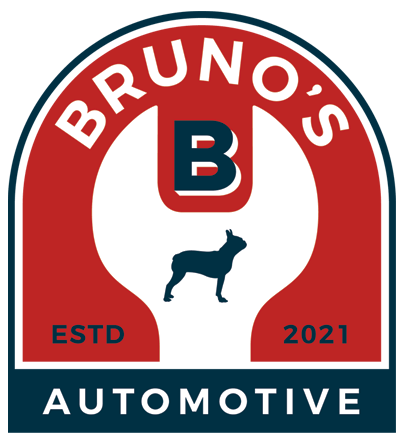What is the Anti-Lock Braking System?
How Your Car’s Technology Keeps You Safe
Most cars manufactured in the last 20 years are designed with advanced safety features such as an anti-lock braking system (ABS). However, despite the industry-wide adoption of this safety feature, some auto owners may not know exactly how their car’s ABS works.
Your vehicle’s brakes are critical for your safety as well as the safety of your passengers. If your car, truck, or SUV needs certified brake repair, contact us at Bruno’s Automotive today to make a service appointment with one of our highly skilled brake repair professionals.
Below, we will walk you through how your vehicle’s anti-lock braking system works. We will break down some of its components to help you understand how it keeps you and your car safe on the road.
What is ABS, and How Does it Work?
The ABS is a safety system that regulates brake pressure to prevent the wheels from locking up during an emergency stop. This enables the driver to keep control of the steering wheel and bring the car to a complete stop as quickly as possible. When the ABS is engaged, the driver will feel a pulse in the brake pedal and hear a clicking sound, ensuring that their car is working hard to keep them safe.
An ABS is made up of four key components:
Speed Sensors
Monitors rotational speeds from the tires and sends them to the controller.
Controller
The car’s controller is a computer that keeps an eye on the speed sensors and regulates the valves.
Valves
Each brake has a valve controlled by the ABS in the brake line. The valve on some systems has three positions: open (allowing pressure from the master cylinder to flow directly to the brake), closed (isolating that brake from the master cylinder), and release (releases some of the brake pressure from the master cylinder).
Pump
Because the valve can remove pressure from the brakes, there must be a means to restore that pressure. When a valve drops pressure, the pump is there to correct it.
In a nutshell, the ABS applies the highest braking force possible without locking the wheels, allowing you to concentrate on navigating to safety in an emergency. It can also help drivers reduce their stopping distance in emergency scenarios.
Schedule Your Brake Repair Today
Brake repair is one of the issues of car maintenance that no vehicle owner can ignore. Depending on the model of the vehicle and driving habits, most brakes should be serviced every 20,000 miles.
If you are beginning to notice any of the warning signs listed above, or if you are unsure if your car needs professional brake repair, bring your vehicle into Bruno’s Automotive today for fast, simple, and affordable brake service. We are conveniently located on Raeford Rd. in Fayetteville, North Carolina, for all of your automotive and brake repair needs.
By Developer Autoshop on January 8th, 2022 in Brake Repair




